Tags
Christmas, Christmas books, Christmas Kitsch, Christmas villages, Creche Scenes, Holiday Store Windows, Holiday Windows, Karal Ann Marling, Stephen Millhauser, Window Dressing
The Twelve Days of Christmas are almost over, and I can’t seem to pull LW away from her football games, of which there are way too many these days. Books! What about the books? Looks like I will have to throw in the towel and select one of the most Christmassy books on my shelves to send off the holiday season.
I’ve decided to go with Merry Christmas! Celebrating America’s Greatest Holiday by Karal Ann Marling.
My previous post described old Baltimore’s Christmas gardens and miniature villages. Professor Marling explores the visually- and commercially-driven American Christmas in depth, covering not only toy villages,
but Santa-lands,
sidewalk Santas, Coca-Cola Santas, and Christmas trees, cards, letters, wrapping paper, cookies,
and many of the holiday’s other visual enchantments and enticements. (Shown above: LW’s Xmas Village with A Christmas Story theme, a Macy’s window, and cookies made by LW’s niece JM and eaten by LW. )
[A side note: When LW grows up, she wants to be Marling, a professor of Art History who has also written about American television, Elvis’s Graceland, and other pop culture subjects. She also says she wants to be John Waters, but just his Christmas side, and sans the pencil mustache that kind of creeps her out. Maybe she just wants to be his pen-pal.]
LW was particularly drawn to the book’s third chapter called “Window Shopping,” which echoes the appeal for her of the Baltimore book. Its descriptions of elaborate 19th century store window displays are the stuff of a Stephen Millhauser* fantasy. (*Favorite Author Alert.) Marling describes eye-popping tableaus in which hundreds of dolls were arranged to depict a Gilbert and Sullivan operetta, a reception at the Doge’s palace, a picnic at Niagara Falls, or (as in Macy’s 1889 windows) Uncle Tom’s Cabin. In the latter, “an Eliza doll fled fuzzy bloodhounds from window to window, all the way down 14th Street.” [p. 91]
The “Window Shopping” chapter begins with a discussion of the scene from the 1947 movie “A Miracle on 34th Street,” in which Kris Kringle stares into a gift store window and protests the order of the reindeer displayed therein. This scene (which is not in Valentine Davies’ book) was recreated in Macy’s window a few years ago. LW looked in the window to take this picture of Kris looking in the window:
Professor Marling goes on to explore the role of the store window in holiday merchandising and as a civic enterprise. Like movies (Marling notes), “the window display is a framed, visual narrative, a kind of entertainment. Attractive by reason of its remove from the sullied world outside the glass pane, the tableau in the window constitutes a utopian place, meant for distanced contemplation.” [p. 83]
Time constraints keep me from quoting from the parts of G.K. Chesterton’s Autobiography that discuss the role that framing plays in delights such as the toy theater, or life in general. But it’s true that LW’s first frisson of Christmas these days often comes with the unveiling of (framed) holiday window scenes.
Another of LW’s Walter Mittyish selves is that of a window dresser, preferably for Bergdorf’s. Among the book’s fun facts: L. Frank Baum, who went on to write the Oz books, “began his writing career as the author of a treatise on store window decorating and the editor of a Chicago-based journal for professional trimmers.” [p. 91] Also: Andy Warhol, Salvador Dali, Jasper Johns and other artists decorated show windows for various New York stores [p. 101].
Here are some more of LW’s favorite photos of Bergdorf’s holiday windows:
She would probably be more at home, however, taking up Anthropologie’s DIY style.
It occurs to me (oh, the joys of biography!) that there may be a connection between LW’s childhood fascination with Advent calendars and her adult fascination with store windows. She loved this display in Anthropologie a few years ago.
The New Year has begun, the sky is bright, and Christmas trees are already being tossed out onto the sidewalk. And I didn’t even get to the rest of this book of wonder and joy, let alone the other books I set aside for—How many Days of Christmas was it?
If you do get a copy of this book, please note that we also love Chapter 9, “Somebody Else’s Christmas – Hot Christmas, Black Christmas, Faraway Christmas.” And how about the parts on Elvis and Bing Crosby and Joan Crawford and Charles Dickens and David Sedaris and Dr. Seuss and Tony Sarg and Liberace and Thomas Nast?
Yes, I know, I left out Baby Jesus. I was going to get to Him in a new post on crèche scenes. But I’ll leave you on this 11th Day of Christmas with my Epiphany about store windows and the rest of the world as well (houses, roads, cities, woods, fields, mountains, oceans, stars)—It’s all one big crèche scene.
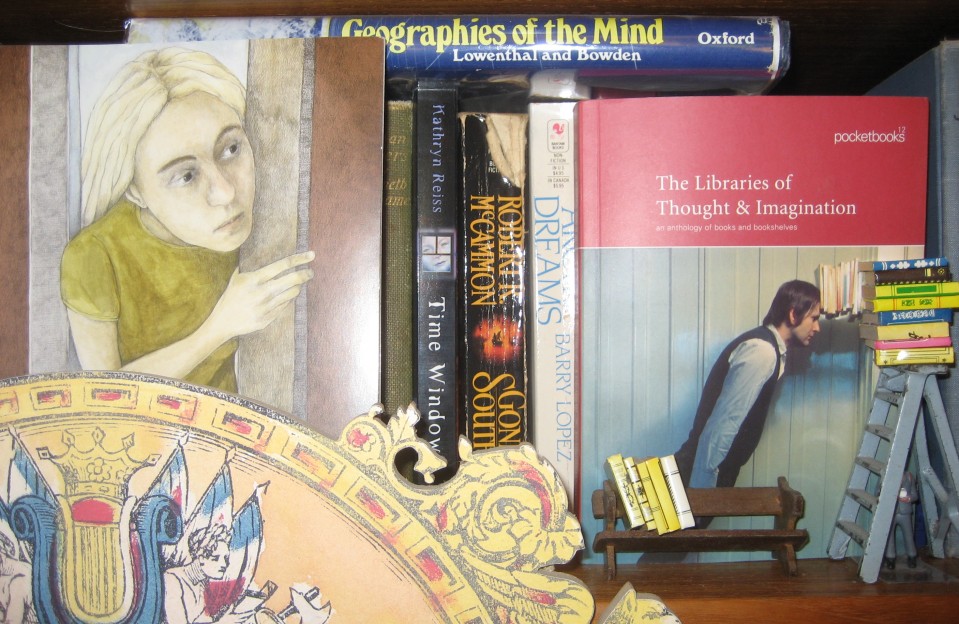
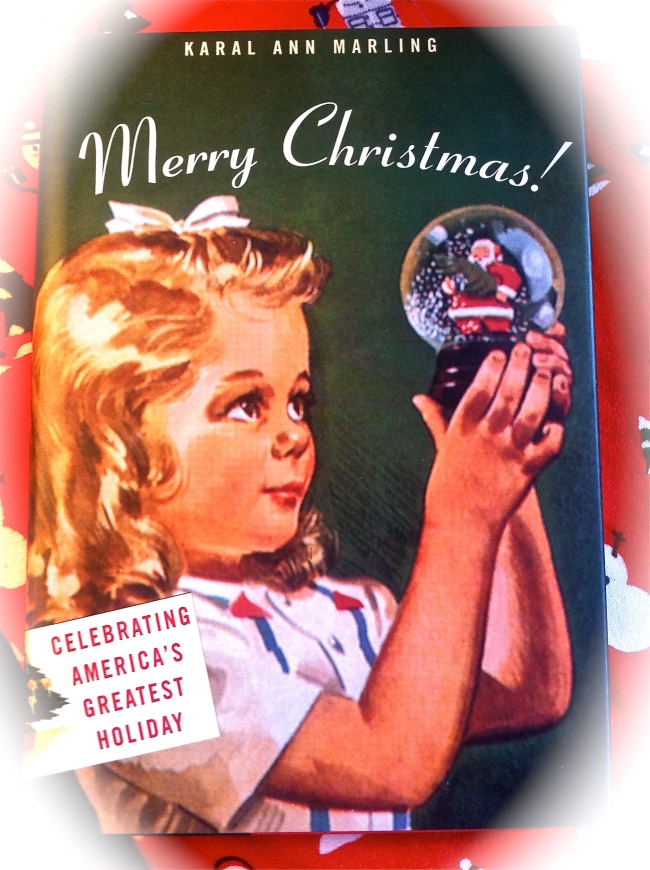
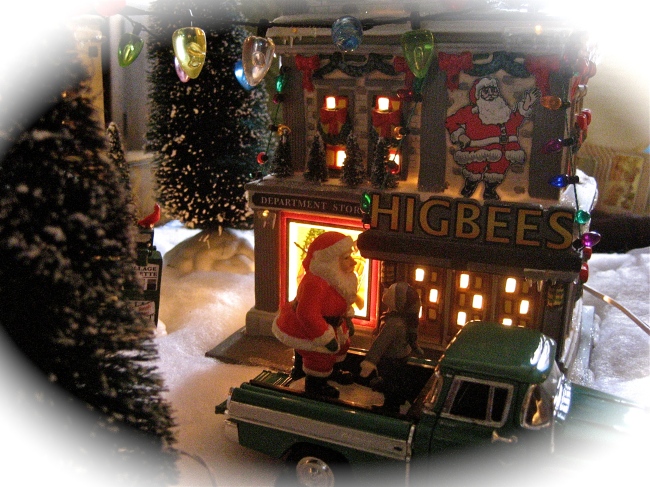

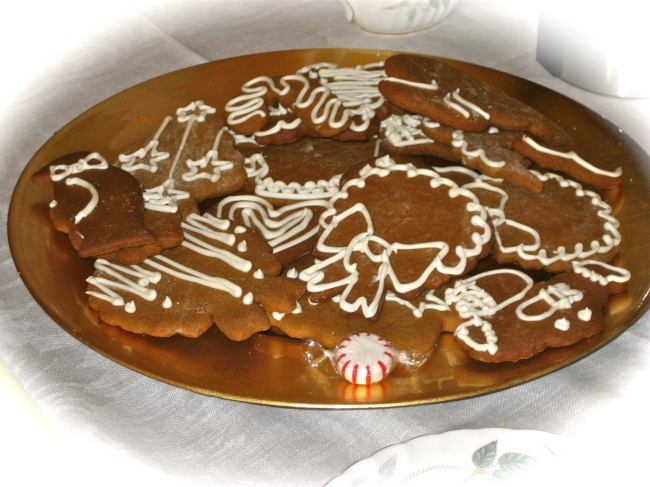
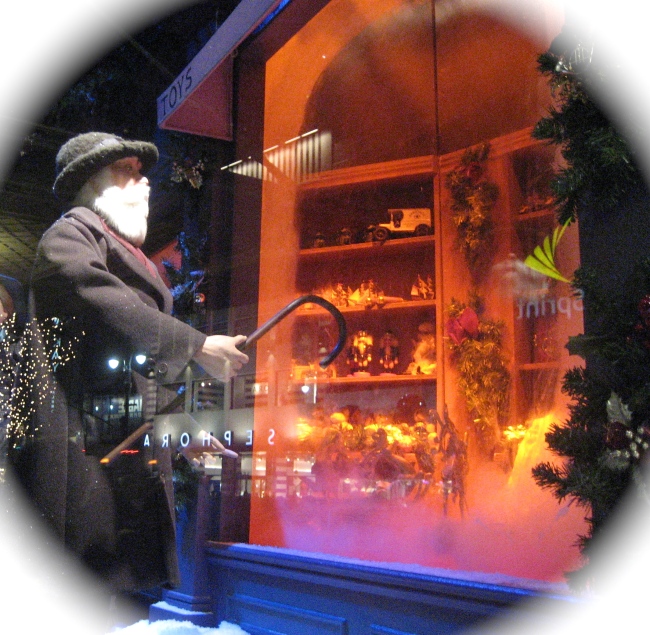
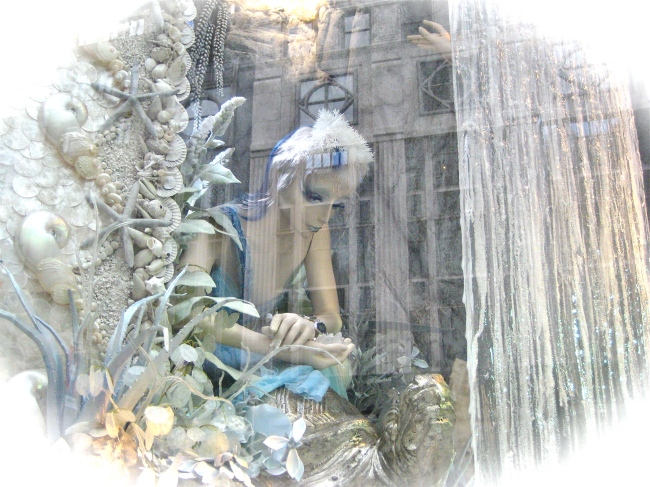
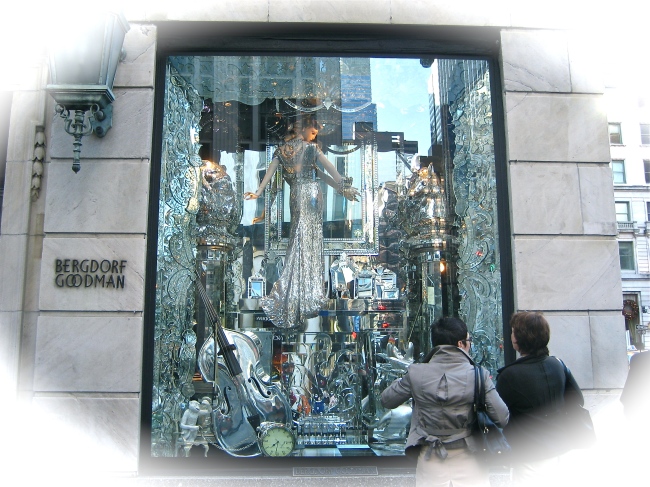
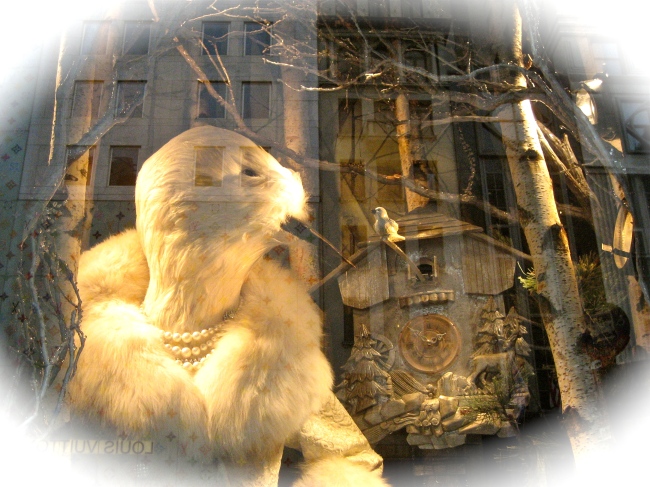
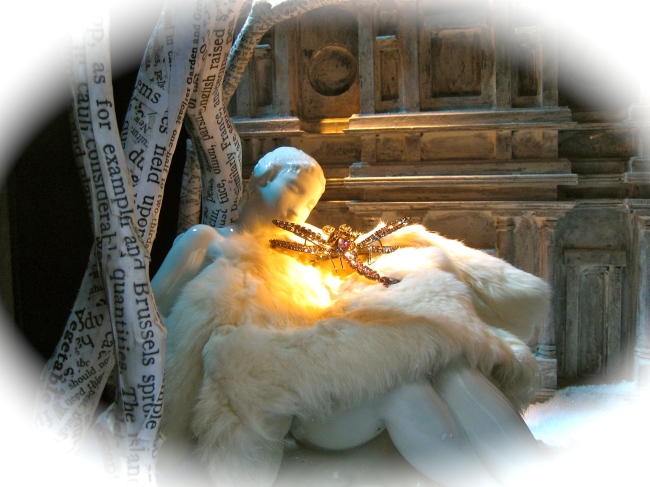
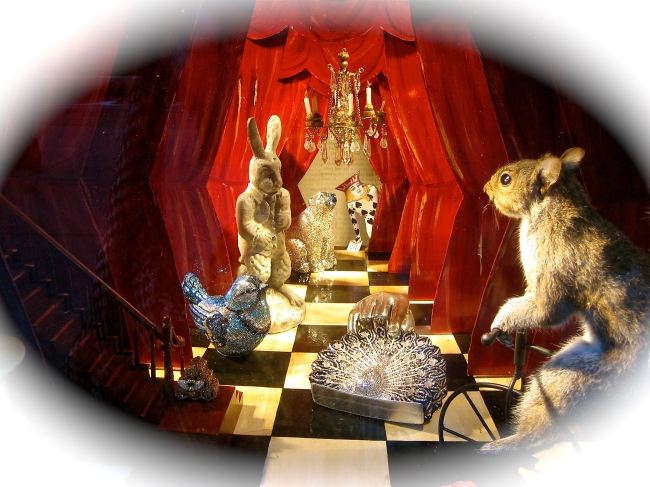
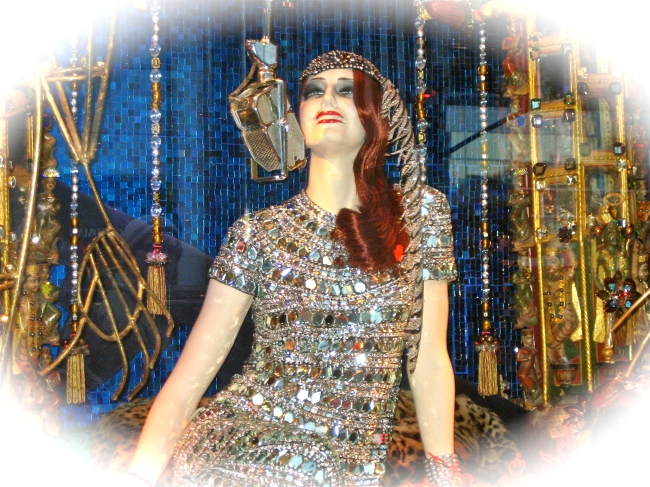
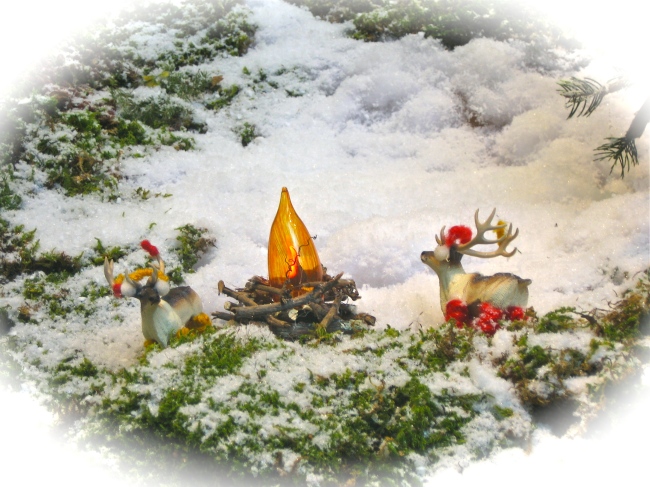

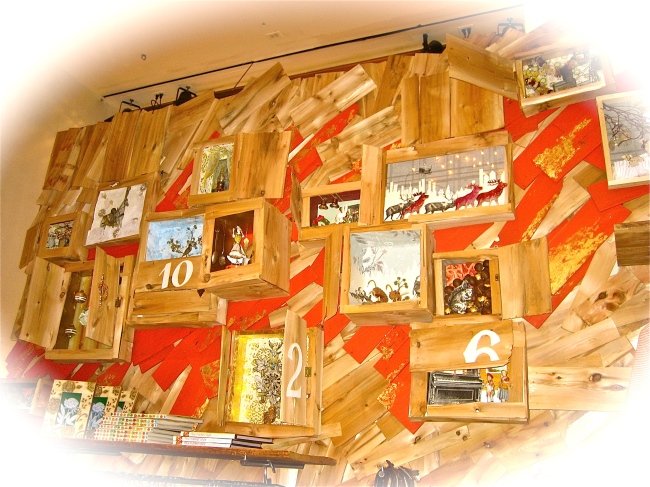
Love the pics . The Bergdorf windows always excellent .
Happy new Year to you CW.
Sent from the sidewalk
>
Great post! The pictures are magical.
I also love the animal exhibits at the Natural History Museum, something kind of mystical and terrifying about them.
Absolutely enchanting! I always feel a longing when I looked in a holiday window and your blog made me understand why. Each one of your blogs brings me closer to the things that matter in life. Brava!